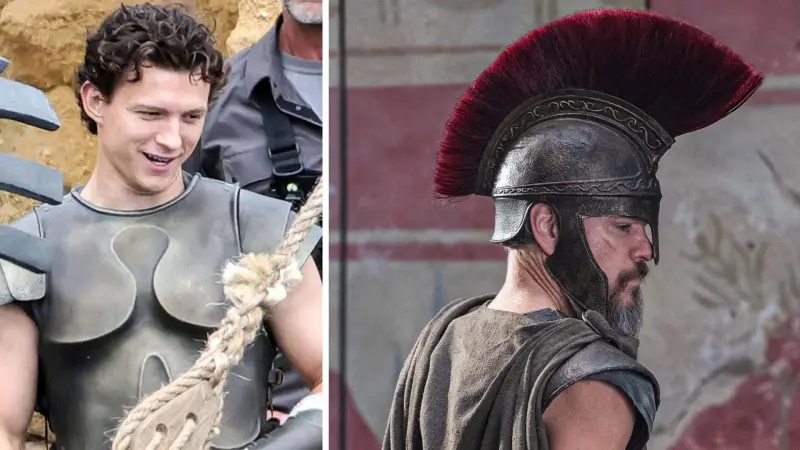Insights from Ancient Coins
The study of ancient coins, known as numismatics, has played a crucial role in understanding the economies, politics, and cultures of past civilizations. Coins serve as valuable historical artifacts, offering tangible evidence of trade networks, monetary systems, and even political propaganda. The inscriptions, imagery, and materials used in their minting provide a wealth of information about the societies that produced them.
Economic Significance
Ancient coins offer insight into the economic systems of historical societies. The weight, metal composition, and distribution of coins help scholars understand trade practices, inflation, and economic stability. For instance, Roman denarii reveal shifts in silver content over time, reflecting economic struggles and policy changes.
Political and Cultural Implications
Coins often bore the likenesses of rulers, deities, or symbolic imagery, making them powerful political tools. They were used to legitimize authority, celebrate military victories, or promote religious beliefs. The coins of Alexander the Great, for example, depicted him as a divine figure, reinforcing his legacy and influence across his vast empire. Similarly, Byzantine coins frequently featured Christian symbols, reflecting the empire’s religious identity.
Notable Coin Finds
Several significant coin discoveries have shed light on historical events and civilizations:
The Athenian Owl Tetradrachm – A widely circulated coin in the ancient Greek world, showcasing the economic power of Athens.
The Roman Aureus of Augustus – A gold coin that marked the establishment of the Roman Empire under Augustus.
The Hoxne Hoard (England) – A massive collection of late Roman coins, offering insights into wealth distribution and trade in the declining empire.
The Florentine Florin – A medieval European gold coin that influenced monetary systems across the continent.
Preservation and Study
Modern numismatics combines archaeology, chemistry, and historical analysis to uncover the secrets of ancient coins. Digital imaging, X-ray fluorescence, and 3D modeling help preserve and interpret these artifacts. Museums and private collectors play a role in ensuring these historical treasures remain accessible for study and education.
Conclusion
Ancient coins are more than just currency; they are historical documents that provide a window into the past. By analyzing their economic, political, and cultural significance, scholars continue to deepen our understanding of ancient civilizations. Through ongoing discoveries and technological advancements, numismatics remains a vital field in historical research.







